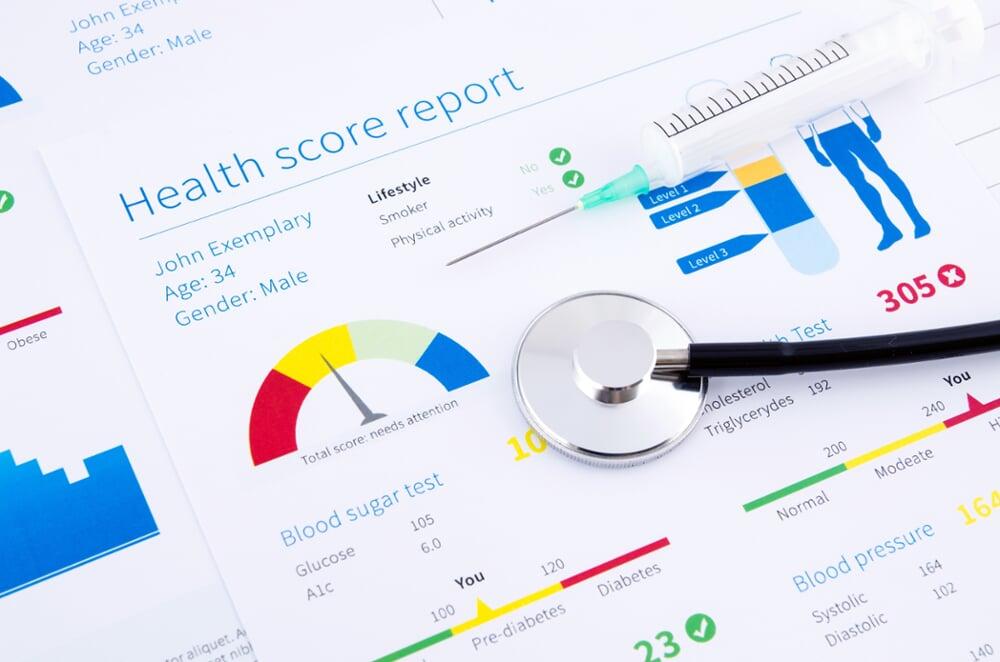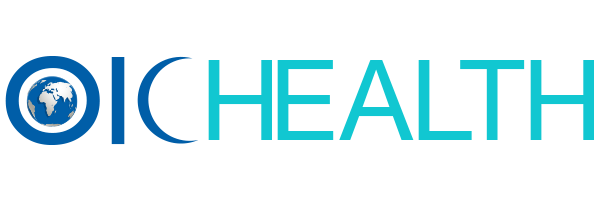The OIC-SHPA presents six thematic areas of cooperation among the OIC member countries, relevant OIC institutions and international organizations in the domain of health.
These thematic areas of cooperation were identified and approved by the Brainstorming Workshop on the preparation of the OIC Strategic Health Programme of Action 2014-2023 which was held on 11-12 June 2012 in Ankara, Turkey, to discuss and finalize the structure of the OIC-SHPA document. This workshop was attended by the members of the OIC Steering Committee for Health and health experts from some leading international universities.
According to the WHO (2010b), a health system consists of all the organizations, institutions, resources and people whose primary purpose is to improve health.

There are six building blocks of a health system:
1. Leadership/governance
2. Service delivery,
3. Health workforce,
4. Health information system,
5. Access to essential medicines, and
6. Financing.
Therefore, in general, health system strengthening encompasses all those actions, activities and measures which aim to improve the situation regarding aforementioned building blocks of health system in a country/region.
In most of the OIC countries, governments are lacking in exercising their stewardship functions that make health system performance more effective and efficient as well as lacking in protecting the beneficiaries mostly because of outdated legislation and lack of enforcement of public health regulations.
Information and data for policy formulation and strategic planning are inadequate and also have many deficiencies which lead to inefficient implementation of the existing national policies and strategies.
Access to primary health care in the OIC member countries is a problem all on its own.
In some member countries, most of the population, reaching to as much as 90% in some member countries-especially in Africa, stay out of the social health protection (ILO, 2008). Lagging behind in implementing an essential package of health services and relatively low rate in universal coverage make especially low-income side of the society more vulnerable.
To ensure health system strengthening, the existing health inequities, therefore, need to be eliminated which can be achieved by an efficient social protection. In the absence of adequate social protection, financing of health care depends heavily on out-of-pocket spending. Out-of-pocket spending accounts for 36% of total health spending in OIC member countries (WHO, 2012b) and is a significant source of catastrophic health spending and impoverishment that will lead to inequity among different groups in the society. This has been the main obstacle in OIC countries for not being able to provide health services to the low-income groups of the society.
The insufficiency of health financing is another concern in OIC member countries.
The average per capita health expenditure in OIC member countries, as a group, is only US$ 147; compared to the world average of US$ 947. This amount stands quite low reflecting inadequate spending to achieve appropriate access to quality health services.
Average government expenditure on health as a percentage of general government budget amounts to 8.9% in OIC member countries compared to 16% in the world. On average, OIC member countries as a group spend only 2.6% of their GDP on health compared to 10.4% in the world. In most of the OIC countries, general government health spending as percentage of GDP lags far behind the level which ensures achieving the universal health coverage (WHO, 2012b).
Health workforce in terms of quantity, diversity and competency is still considerable challenge for many OIC countries.
The average workforce density in the OIC countries is 24 per 10,000 population-quite lower than that of developed countries (62 per 10,000 population). The limited access to adequately trained health workforce is the main reason behind the low accessibility to health services particularly in rural and underserved urban areas.
Health workforce development is experiencing serious challenges in terms of planning, production, deployment/retention and governance. The quality of educational programmes is another concern; especially in the area of medical and nursing education-majority of schools still follow traditional programmes.
In low income OIC countries, the capacity and quality of health management system is another concern. The managers attempting to scale up their services in unstable conditions are struggling with basic problems such as limited skills in basic accounting, managing drug stocks and the management of basic personnel. It is therefore very important to prefer program specific or system-wide management systems within the health sector to strengthen overall health system.
Antenatal care is one of the main entry points in health care system. It does not only monitor the mother-baby health during pregnancy but can improve long term outcomes for both mother and child. According to the WHO, 77% of total pregnant women in the OIC countries, in general, benefitted from antenatal care services. Yet, the performance of OIC member countries, in terms of ANC rates, remained lower than the world average of 80% with great variability at the sub-national level in many countries.
In most of the OIC countries, particularly in the SA region, the statistical data is not even available. Similarly, DTP3 immunization coverage in OIC countries, which is used as a proxy to indicate performance of immunization services and the health system in general, is still lagging behind the world average despite increasing substantially to 83%. It should be noted that the vaccines are playing very important role to prevent epidemics, and a strong health system therefore requires the delivery of regular vaccination.
Access to essential medicines is important for the effective health care delivery system. Availability of essential medicines is one of the most important elements of quality of health care services in a country. However, WHO data shows that even the median availability of generics (41.4% in public and 66.5% in private health sectors) is very low in OIC sub-regions particularly in some of the MENA, EAP and SSA countries.
Problems in access to essential medicines are often related to capacity to regulate, supply-driven markets and poor distribution. Due to insufficient sources, the availability of medicines in the public sector is limited, and as a result, private sector becomes the main provider of the medicine for the patient. However, price of selected medicines in private sector is three times more than the price ratio in public sector (WHO, 2012a).
Health technology policy is another concern. Recent WHO data indicates that although many OIC countries have units responsible in their ministries of health for the management of medical devices, they do not have national health technology policy. Such a condition simply implies that concepts like health technology assessment and management have yet to be recognized by the national health planners in many OIC countries.
This state of affairs necessitates more commitment and efforts by the governments of OIC member countries to put health system strengthening higher at their national health agendas. Member countries must strive hard for enhancing cooperation and collaboration both at regional and international level to garner technical and financial support to strengthen their health systems to meet the current and future demands for health care services of their rapidly increasing populations.

